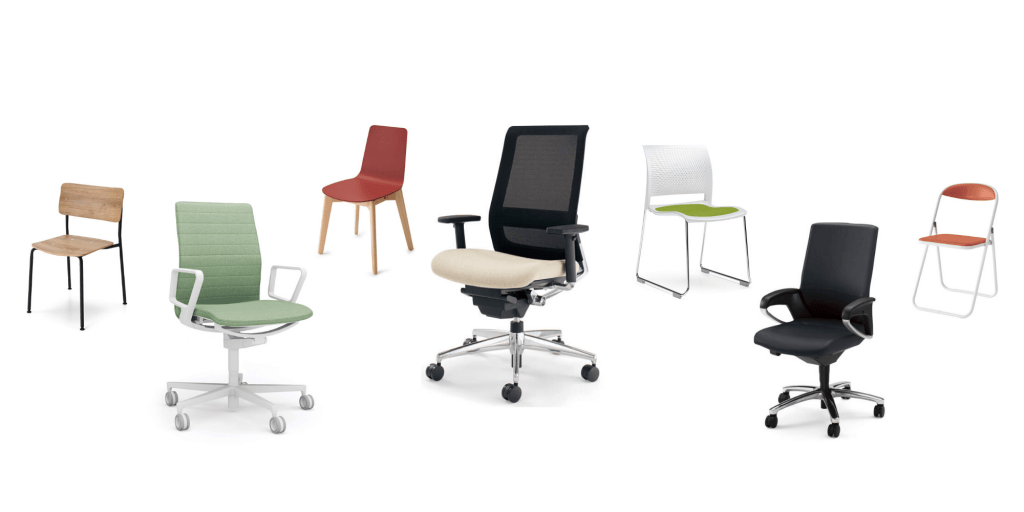Which material is best for your chair?

Anyone with a desk work knows the importance of a good chair, even more so if you work long hours.
One aspect of picking the best chair is choosing the appropriate material. If you’re like most people, you’ll want something that is durable and serves your organization’s purpose for years to come.
To simplify your decision making process, we’ve come up with a list of the various materials used in office chair manufacturing, with the pros and cons conveniently listed alongside.
Which material is best for you?
Fabric — There are many types of fabric covered chairs including woven and knitted. Such chairs are comfortable and aesthetically pleasing, given the fact that you can easily customize your color combination. However, fabric is highly susceptible to spills, so you’d want to avoid eating or drinking at your desk.
Vinyl — A vinyl chair is long-lasting and easy to maintain. They’re available in a range of softness levels and texture. But vinyl doesn’t breathe as well as other materials. In peak summer in tropical countries, such chairs have the potential to become uncomfortably warm for workers.
Mesh — Mesh chairs are widely used in countries with warm weather since they provide excellent ventilation. They allow airflow to reach the body as it’s seated. On the downside, mesh chairs typically won’t distribute a person’s body weight as well as fabric chairs. Thus, they can become less comfortable over time and aren’t as durable.
Leather — Leather offers timeless elegance and a prestigious feel. Most people deem it the ultimate in luxury. But as with all luxury products, the price is going to be much higher. Also keep in mind that leather chairs will weather if they aren’t kept out of sunlight, so if you’re desk is near a window, you might want to consider another material. Leather chairs require regular maintenance to preserve their natural beauty.
Faux Leather — Faux leathers are often preferred over natural leather, not just for office chairs but also in luxury car seating. The reason for this is that they’re available in a wide range of colors, textures, and levels of softness and stretch. Faux leather materials (often made from polyurethane or PVC) are usually less expensive than natural leather and are easier to clean. Additionally, faux leather can be manufactured using anti-microbial, liquid-resistant, and even flame-retardant properties. Like vinyl though, faux leathers don’t breathe as well as fabric or mesh, and usually costs more than both.
Wood — This is the traditional, time-tested material used for making furniture. Wooden chairs also provide good back support. They’re durable, maintain their shape well and are unlikely to irritate a worker’s skin. Where wood loses out though, is in the comfort department. Even with back support, a wooden chair can become quite uncomfortable after a few hours. It can be used for informal discussion rooms where people will typically not spend too much time.
Plastic — Designed to be affordable and resilient, plastic chairs don’t typically have the amenities available in constant-use seating, but they do have several benefits. Plastic chairs come in a wide variety of designs, for example, and are often cheap enough to allow for regular replacement. Plastic furniture is typically good for outdoor use in gardens or on terraces but doesn’t have much application for office use.
Now that you’re aware of the various materials used in making chairs, you should be able to make a well-informed decision. Happy Shopping!


No Comments